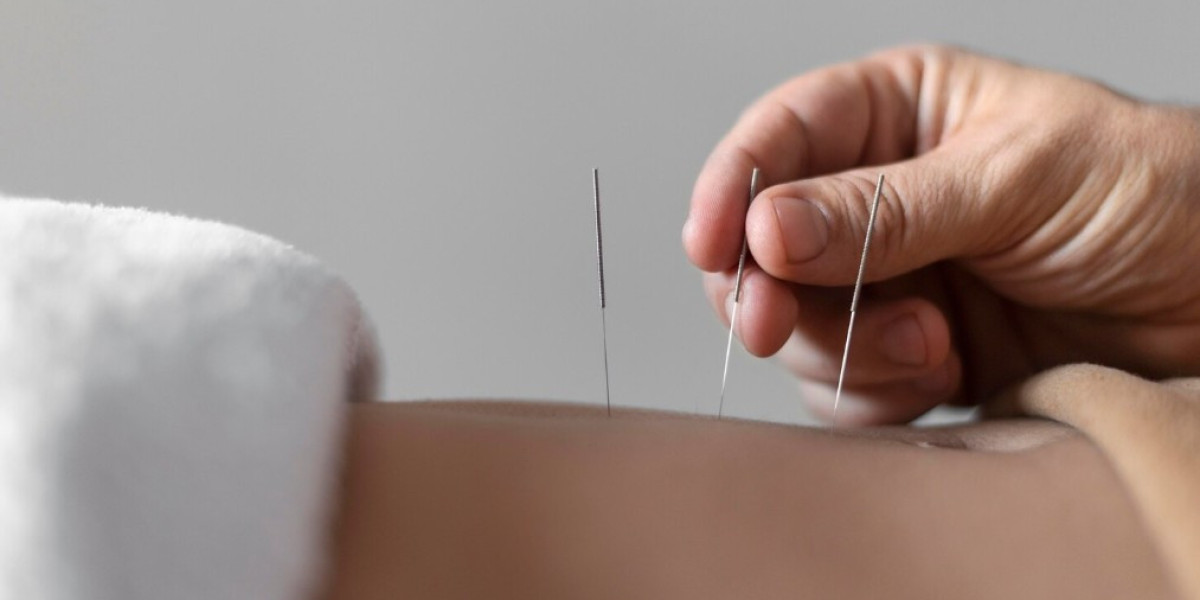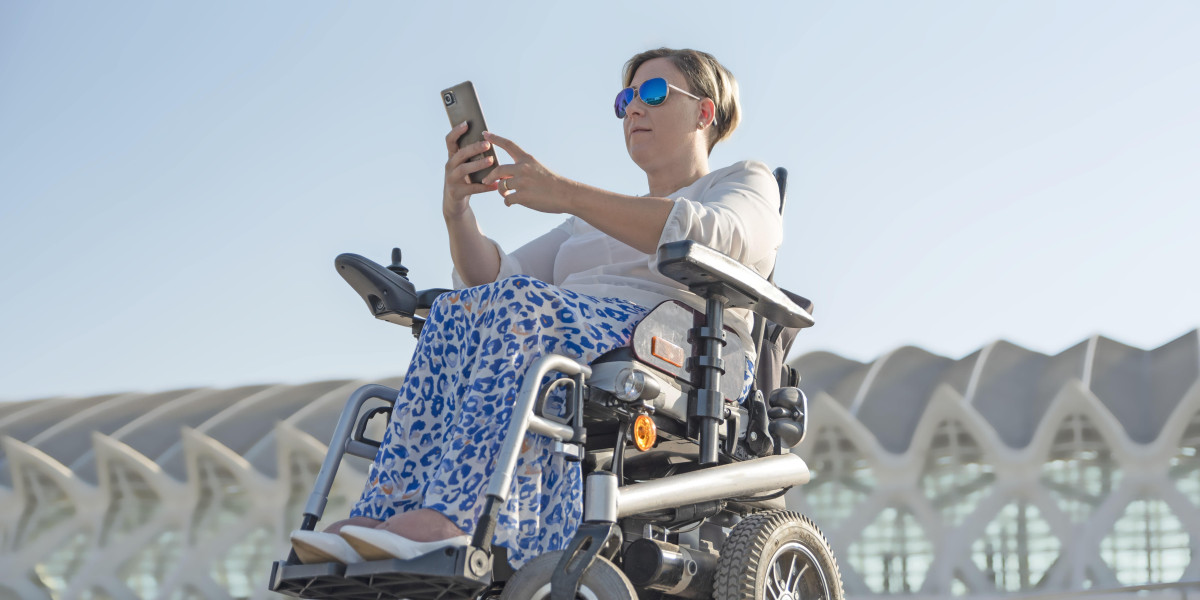In the world of alternative and complementary therapies, two techniques have gained significant attention for their ability to relieve pain, improve mobility, and enhance overall well-being — Cupping and Dry Needling. Though rooted in different traditions and mechanisms, both therapies aim to address muscular and connective tissue issues, promote healing, and support recovery from injury or chronic pain.
What is Cupping?
Cupping is an ancient therapeutic practice, traditionally associated with Traditional Chinese Medicine (TCM), but also used in Middle Eastern and Eastern European healing traditions. The process involves placing specialized cups on the skin to create suction. This negative pressure is believed to increase blood flow, loosen tight muscles, and encourage the release of toxins from the body’s tissues.
There are different types of Cupping, including dry, wet (which involves small incisions), and fire Cupping. The most commonly used in clinical settings today is dry Cupping, which involves no bloodletting. Practitioners often use it to treat conditions like back and neck pain, migraines, anxiety, and sports injuries.
The visible circular marks left by the cups — often mistaken for bruises — are actually signs of stagnation being drawn to the surface. These marks typically fade within a few days and are considered a positive sign of healing in traditional Cupping practice.
What is Dry Needling?
Dry Needling is a modern Western technique used by physical therapists and other healthcare providers. It involves inserting thin, solid filiform needles directly into trigger points — tight bands of muscle that cause pain and limit movement. The goal of Dry Needling is to release these knots, reduce pain, and restore normal muscle function.
Unlike acupuncture, which is based on energy flow (Qi) along meridians, Dry Needling is rooted in anatomy and neuromuscular science. It targets myofascial trigger points and stimulates the body's natural healing response. Many patients report immediate relief after treatment, followed by improved mobility and reduced inflammation.
This technique is particularly effective for chronic conditions like fibromyalgia, tendonitis, sciatica, and postural pain syndromes. When performed by a certified and skilled practitioner, Dry Needling is a safe and minimally invasive procedure.
Combining Therapies for Optimal Results
Although Cupping and Dry Needling come from different schools of thought, they are increasingly used together in integrated treatment plans. Athletes, chronic pain sufferers, and post-operative patients often benefit from the synergistic effects of both therapies. While Cupping enhances circulation and loosens fascia, Dry Needling targets deep muscle tension and neuromuscular dysfunction.
Used in tandem, these methods can accelerate recovery, reduce dependency on medication, and offer a more holistic path to wellness.
Conclusion
As non-invasive, drug-free options for pain management and rehabilitation, Cupping and Dry Needling are gaining credibility in both traditional and modern healthcare settings. By stimulating the body’s natural healing mechanisms, these therapies offer relief, relaxation, and renewal for those suffering from muscular pain, stress, and mobility issues. If you’re seeking a natural approach to healing, consult a qualified practitioner to determine whether Cupping, Dry Needling, or a combination of both is right for you.







